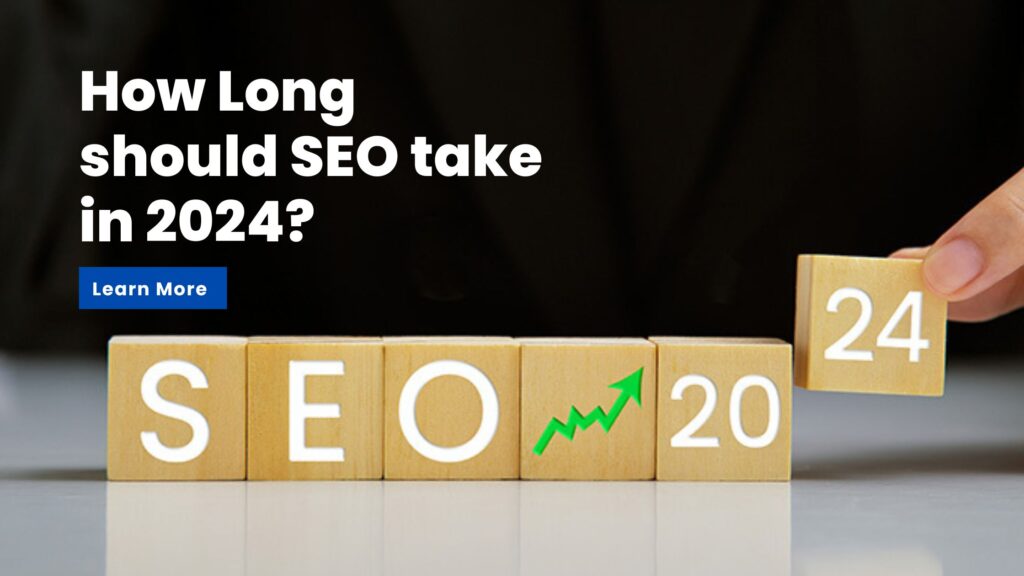In the ever-evolving world of search engine optimization (SEO), the nuances of how web pages are ranked can sometimes feel like navigating a labyrinth. One of the components that has sparked debate among SEO professionals is the use and structuring of headings. Specifically, Google has clarified that fixing headings will not directly change your rankings. This raises some important questions about the hierarchical heading structure, the ordering of headings, and how all of these elements tie into overall SEO efficacy.
The Importance of Hierarchical Heading Structure
Headings play a crucial role in the layout and readability of content on any web page. A well-structured hierarchy, typically ranging from H1 for the main title to H2 and H3 for subtitles and sections, can enhance user experience by making content easier to navigate. Google itself encourages the use of headings as they help both users and search engines understand the context and structure of your content. However, it is essential to note that merely correcting improperly ordered headings won’t have an immediate effect on how your site ranks in search results.
Are Incorrect Headings Harmful to SEO?
While mismanaged headings—such as using an H3 directly after an H1 without proper H2 headings in between—can affect the clarity of your content, the direct impact on SEO rankings is minimal. Google’s algorithms focus more on the overall quality and relevance of the content rather than just the technical structure of headings. It is always a best practice to maintain a logical order for semantic clarity, but fixing heading hierarchies in isolation is not likely to lead to a ranking boost.
H1 and H2 Headings Have a Slight Impact.
H1 and H2 tags are still important. The H1 tag, typically used for the main title of a page, informs both users and search engines what the page is about. Using relevant keywords in your H1 can be beneficial, though it should be done naturally. H2 headings can help organize the content into consumable sections, which is great for readability and can lead to a better user experience. An organized site with well-structured headings can indirectly impact rankings as it may reduce bounce rates and encourage longer time spent on the page, both of which are positive signals to search engines.
Google Says Fixing Headings Won’t Change Rankings.
While the structure of headings is vital for clarity, the act of correcting headings alone will not result in immediate changes in rankings. Instead, focus on creating high-quality, engaging content that resonates with your audience. Correct heading structures can enhance user experience, but they should be part of a broader SEO strategy that includes content optimization, keyword targeting, backlink building, and consistent monitoring of site performance.



